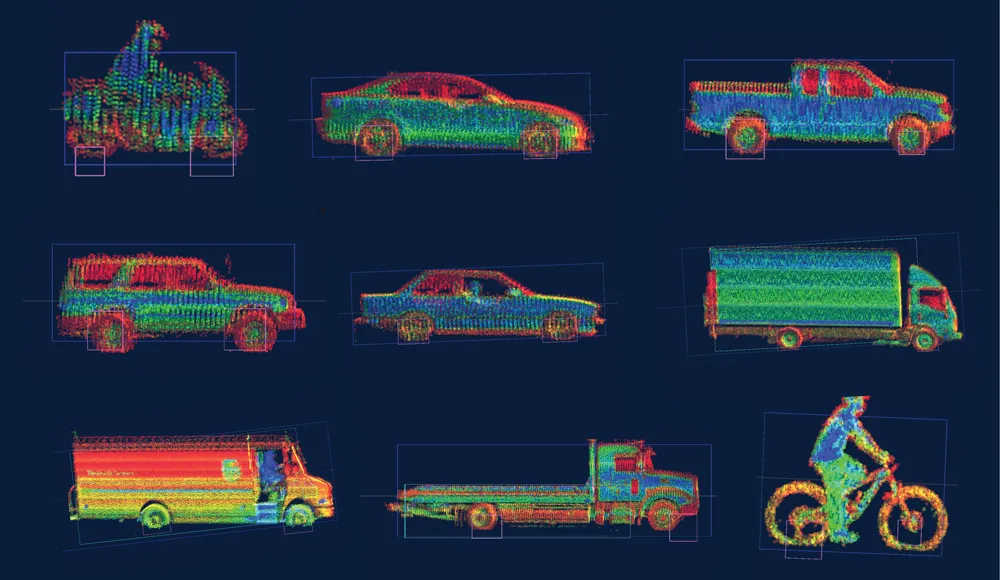Tesla’s Elon Musk has taken to Twitter to recruit ‘hardcore software engineers’ to work on the company’s autopilot system. He issued a Tweet saying “Ramping up the Autopilot software team at Tesla to achieve generalised full autonomy” and followed it up with another saying that he will personally be handling interviews.
The company released its Autopilot system for its Model S car at the end of October and claims it is the only fully integrated autopilot system involving four different feedback modules:
November 23, 2015
Read time: 1 min
Tesla’s Elon Musk has taken to Twitter to recruit ‘hardcore software engineers’ to work on the company’s autopilot system. He issued a Tweet saying “Ramping up the Autopilot software team at Tesla to achieve generalised full autonomy” and followed it up with another saying that he will personally be handling interviews.
The company released its Autopilot system for its Model S car at the end of October and claims it is the only fully integrated autopilot system involving four different feedback modules: camera, radar, ultrasonics and GPS.
While truly driverless cars are still a few years away,597 Tesla Motors claims Autopilot functions like the systems that airplane pilots use when conditions are clear and the driver is still responsible for, and ultimately in control of, the car.
The company released its Autopilot system for its Model S car at the end of October and claims it is the only fully integrated autopilot system involving four different feedback modules: camera, radar, ultrasonics and GPS.
While truly driverless cars are still a few years away,









